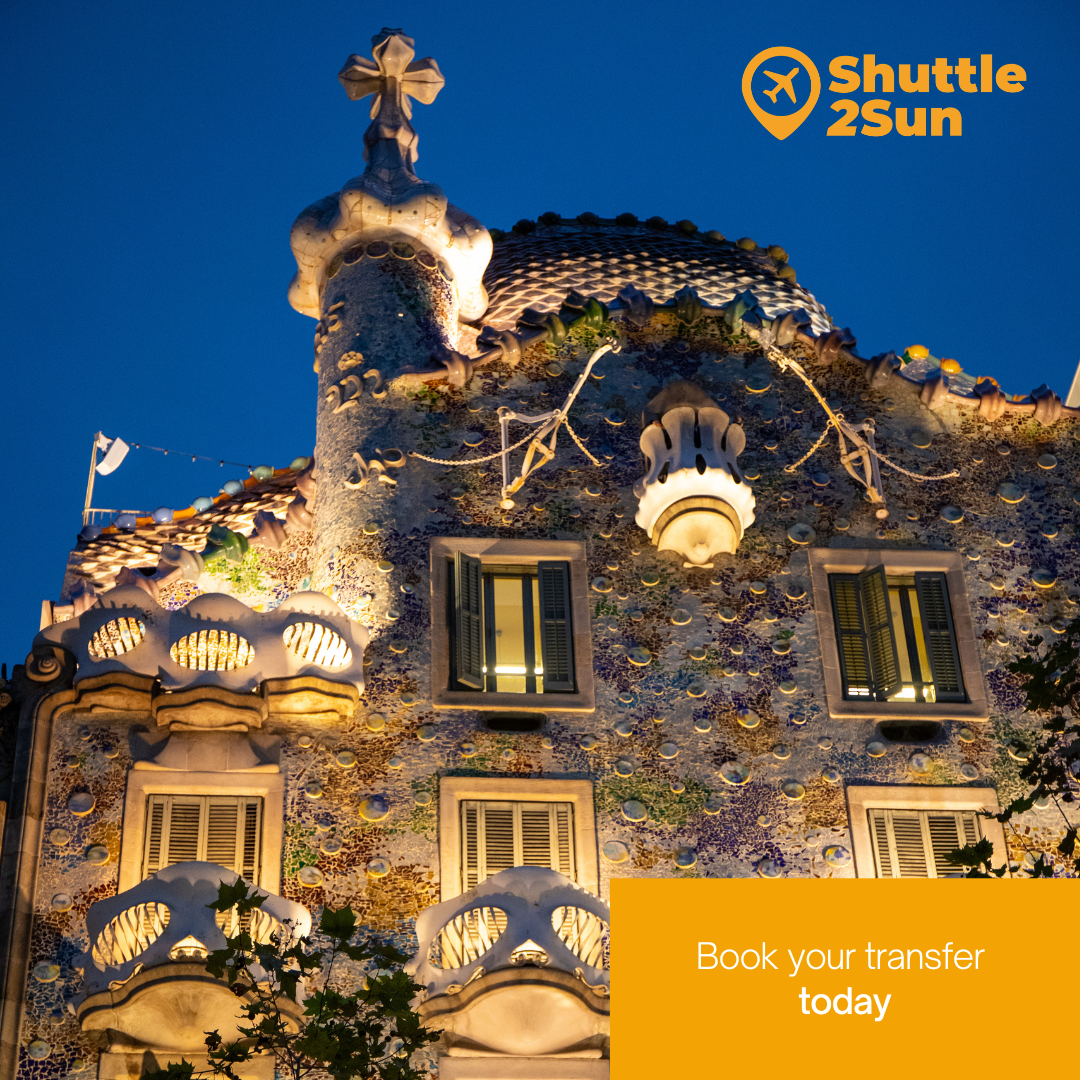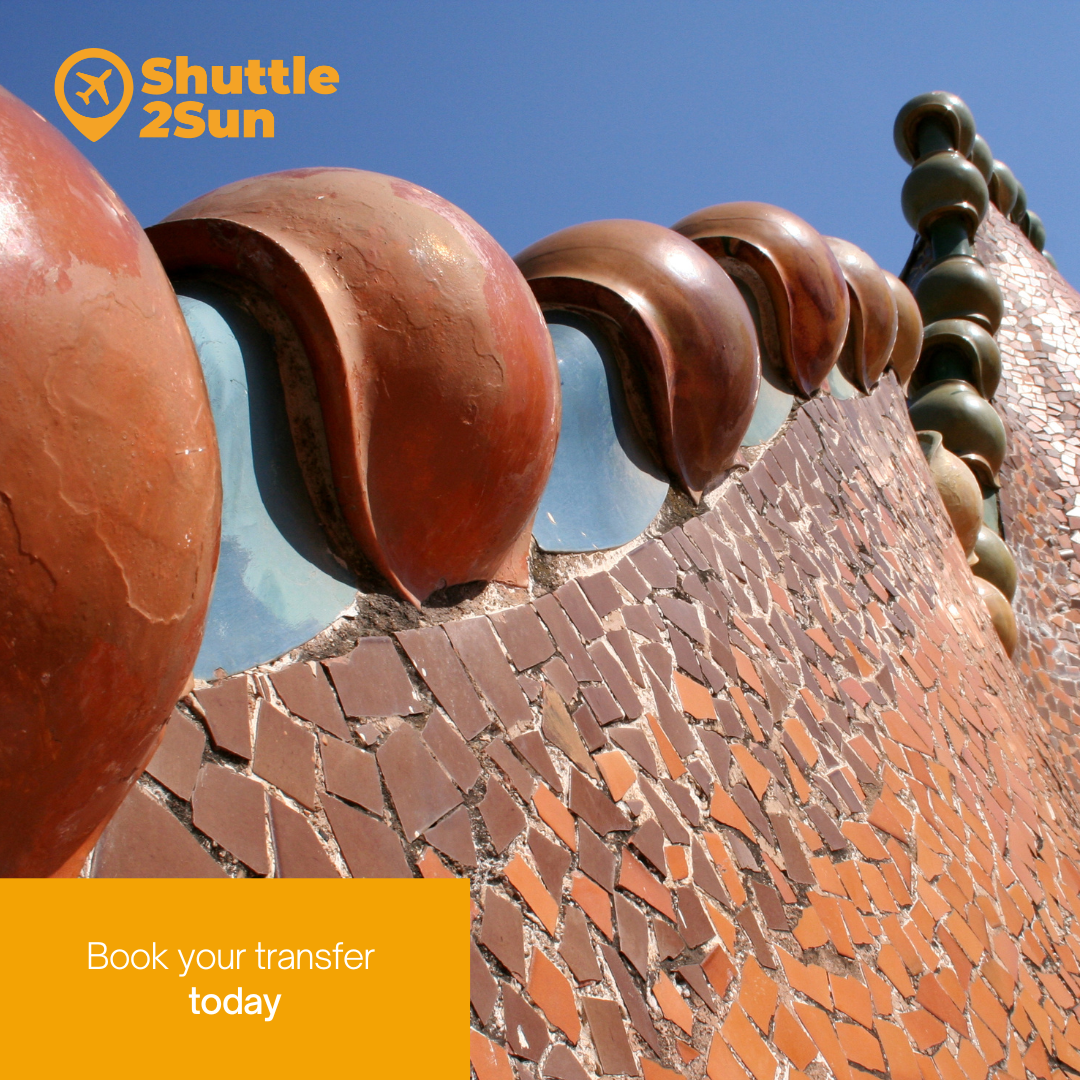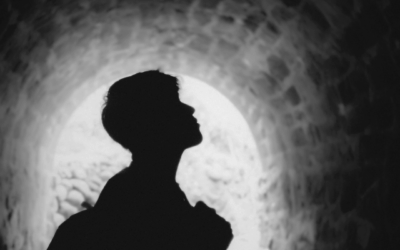Located on Barcelona’s Passeig de Gràcia, Casa Batlló stands as one of the finest examples of Catalan Modernism and ranks among Antoni Gaudí‘s most emblematic works. Acclaimed for its dreamlike aesthetics and nature-inspired symbolism, this building continues to captivate even repeat visitors. Beyond its striking façade and singular design, the building conceals countless details, enigmas, and anecdotes that bear witness to the boundless creativity of its creator.
Casa Batlló is a visual narrative, in which every corner tells a story. The building abounds with elements that may go unnoticed at first glance but reveal the depth of Gaudí’s architectural vision. In this article, we delve into the lesser-known facets of Casa Batlló: hidden spaces, surprising symbolism, unconventional construction techniques, and curious details that make this house a unique experience.
Get ready to rediscover one of Barcelona‘s most fascinating icons from a different and enriching perspective. With Shuttle2Sun‘s shared transfer services and private transfer services, you can reach Barcelona from Barcelona Airport, Barcelona Port, Girona Airport, Reus Airport and Camp de Tarragona AVE train station.
Natural light, the heart of the Casa Batlló’s design
Antoni Gaudí conceived Casa Batlló as a living organism animated by natural light. At its core lies a large vertical light well crowned by a skylight. This feature distributes the overhead light evenly to each floor, allowing light to reach even the deepest corners between its undulating walls.
The magic lies in the colour gradation of the central courtyard: from deep blues at the top to pale tones at the bottom. This transition creates a visual illusion of depth and ensures balanced lighting throughout the day, as if the building were breathing under the sun. Gaudí designed windows of different sizes depending on their height, and a gallery of pointed skylights to provide natural ventilation and a comfortable indoor climate.
Thanks to this system, Casa Batlló is illuminated with shifting atmospheres: from the early hours of the morning, with soft, warm light, to sunset, when the reflections on the façade and courtyard seem to narrate a timeless tale. It is remarkable how Gaudí, more than a century ago, managed to design a building that is as functional as it is sensory, where light takes centre stage.
The mysterious balconies of Casa Batlló
The balconies of Casa Batlló are among the most iconic and enigmatic features of its façade. Made of wrought iron, their curved, organic shapes have inspired various interpretations over the years. Some see Venetian masks in them, others distinguish flower petals on the upper balcony.

This symbolic effect is no coincidence. Gaudí, ever attentive to the languages of nature and tradition, used the Casa Batlló’s façade as a narrative canvas. In addition to their symbolic meaning, these balconies stand out for their integration into the architectural whole. The white colour contrasts with the trencadís mosaic that covers the façade, and their rhythmic placement accentuates the verticality of the building. In this way, Gaudí ensures that each balcony, in addition to being functional, reinforces the undulating visual rhythm that characterises the work and makes Casa Batlló a true emblem of Catalan Modernism.
Discover all these details first-hand by travelling to Barcelona with Shuttle2Sun‘s shared transfer services and private transfer services from Barcelona Airport, Barcelona Port, Girona Airport, Reus Airport and Camp de Tarragona AVE train station.
The dragon’s scales
One of the most fascinating elements of Casa Batlló is undoubtedly its roof, which serves as the symbolic pinnacle of the entire building. Inspired by a dragon’s back, this undulating roof is covered with ceramic pieces that resemble scales, with a colour range that goes from green to blue, with touches of red and violet. This gradient not only adds visual dynamism but also reinforces the sensation of standing before a mythological creature resting atop the façade.

This direct reference to the dragon alludes to the legend of Sant Jordi, patron saint of Catalonia, whose story inspired Gaudí in several of his works. In this case, the roof represents the back of the dragon slain by the knight. The sinuous form and ceramic finish of the scales create a texture that shifts with the changing daylight, making the dragon appear to come alive with every ray of sunshine.
At one end of the roof stands a tower topped with a four-armed cross, which is commonly interpreted as Sant Jordi’s sword embedded in the dragon’s back. This detail is far from anecdotal: it reinforces the symbolic reading of the façade as an architectural reinterpretation of the legendary tale.
A tribute to the sea
Casa Batlló is, above all, an ode to the sea. From the very first glance, visitors perceive that water and its organic forms guided Antoni Gaudí’s imagination in every detail of this masterpiece.
The architect masterfully translated the undulating movements of the waves, the serenity of the seabed and the life hidden in the Mediterranean —so present in Catalan culture— into stone, glass, and ceramics.
The lobby and main staircase evoke the interior of a ship or even the body of a sea creature, with their curving lines and polished wood finishes.
The blue light that filtering down through the central courtyard creates the sensation of being submerged underwater. Likewise, the railings, ceilings, glass doors, and circular stained-glass windows are reminiscent of bubbles, marine life, and ocean currents.
Casa Batlló is not only dazzling for its façade—it is a universe of symbols, details, and secrets that reveal Gaudí’s genius in every corner, waiting to be discovered by those who look closely. To help you get to Barcelona comfortably, Shuttle2Sun offers shared transfer services and private transfer services to take you to the city from Barcelona Airport, the Port of Barcelona, Girona Airport, Reus Airport and the Camp de Tarragona AVE train station.



